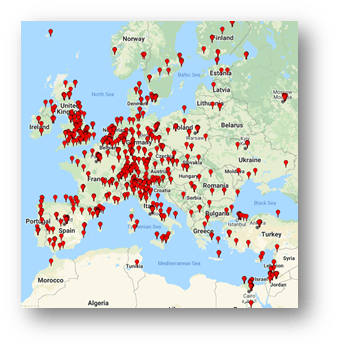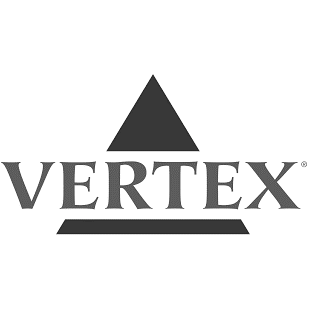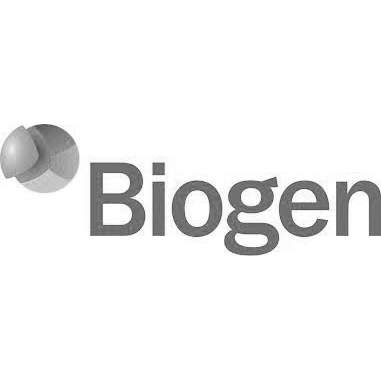We recommend REDCap to develop a cost effective and flexible open-source registry that patients own and can easily modify to meet their evolving needs.
REDCap was designed to address data collection problems for biomedical researchers and was developed under a grant from the National Institute of Health (NIH) in the US. It was first released in 2004 and is free for hospitals and research organizations to license.
REDCap is a rapid application development (RAD) platform. The key benefit of an agile RAD approach is fast project turnaround. In practice this means that changes requested by clinicians can be implemented within days instead of weeks or months.
As this map shows, nearly every major research hospital in Europe is already a licensed user of REDCap. Click tthe button below to see the current REDCap licensees in any country:







